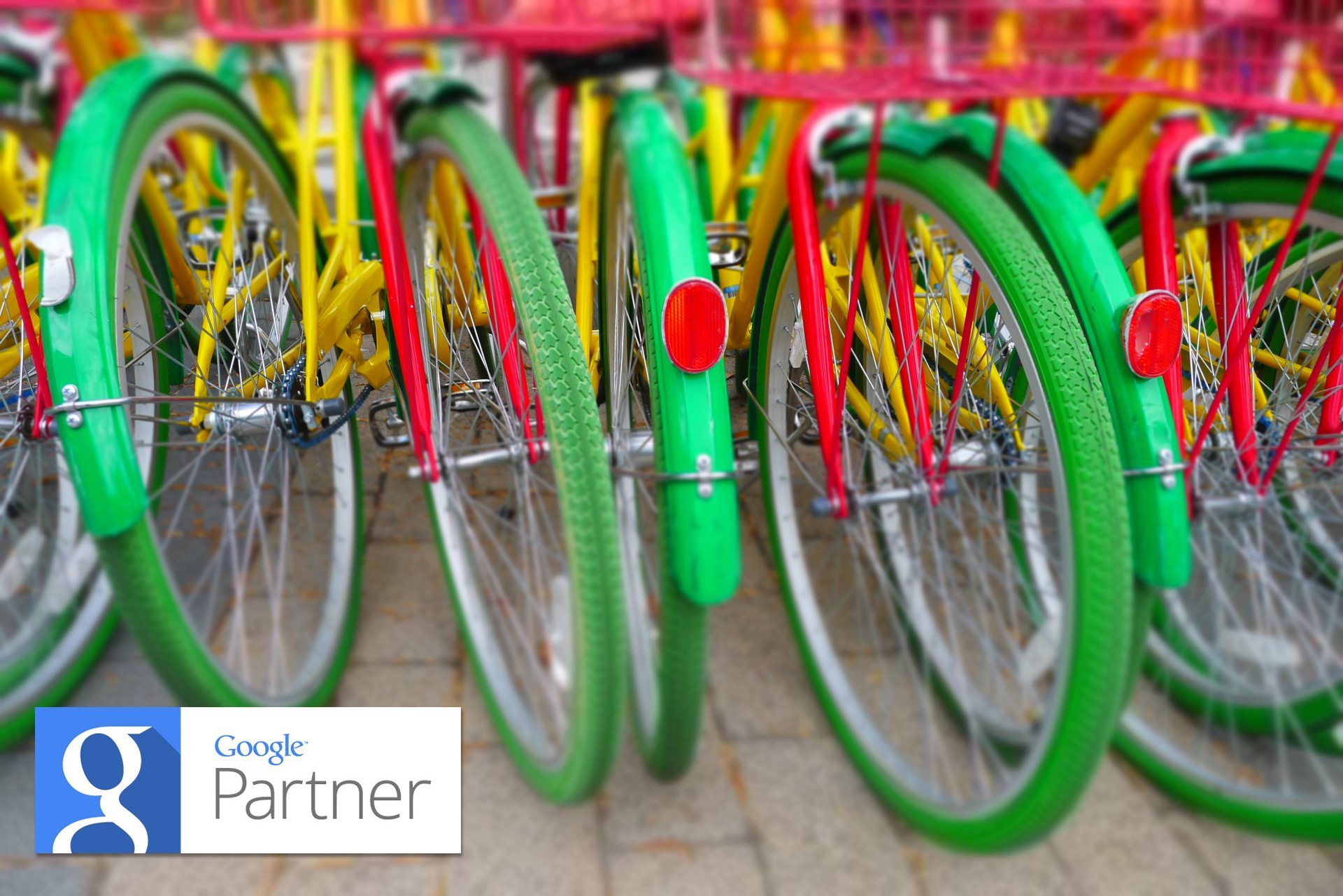
Have a higher click-through-rate (CTR) on your Google Ads means a few things:
- more traffic to your website, especially if there are limited people searching for your line of business, because more of your impressions are turning into visitors
- you can lower your overall cost per click (CPC), because a high CTR increases your quality score.
Increasing CTR is one effective way to pay less for your traffic. You can increase your CTR by choosing keywords that are relevant to your ads (this means having different ad groups for different areas of your business), and by writing ads that are wickedly good!
Here are some tips for writing ads that “get the click”.
Include A Call To Action
Calls to action such as “Hire Us Today!” or “Call Us Now!” tend to get more clicks. Include them in your ads for the best results.
Other examples of calls to action include:
- Sign up today
- Learn more
- Start a free trial
- Call us today
- Let’s get started
- Try us today
- Save now
- Subscribe
- Get our free app
- Try our demo
Capitalize The First Letter Of Each Word
Ad text that capitalizes the first letter of every word tends to get a higher CTR. It’s possible that this might change in the future as the practice starts to make people “ad blind”, but for the time being it’s an effective way to increase your CTR.
What Are Your Biggest Benefits?
If you’re Volvo, then people know you for one big thing – safety. If we were Volvo, our ads would read something like:
“5-Star Best-In-The-Country Safety Rating. Drive America’s Safest Car Today”
Safety is their big benefit, and it helps to drive it home.
So what are your biggest benefits? What do you offer your customers that is really valuable to them? You can even list off a feature or two if you’re feeling to lazy to derive emotional benefits from those features. Examples like “30 minute delivery” or “Free shipping” come to mind.
Use Dynamic Keyword Insertion
Dynamic keyword insertion, at its most basic, puts the keywords that the visitor was searching in the text of your ad.
It’s not nearly as complicated as it sounds. Here’s how it works, and how you can implement it.
Say you had a headline that read:
{KeyWord:Nike Shoes}
If a visitor was searching “Blue High Tops”, and your ad was triggered (because you were bidding on that keyword), then your headline would now read:
Blue High Tops
Now they see exactly what they searched, making your ad more relevant!
So, why did we put the term “Nike Shoes” in there at all? That’s the default text that’s used in case the visitor searches a term that’s too long to appear in the headline. If they search “Blue and green hightop shoes with black laces”, that would be clearly too long for the headline, so the headline would default to:
Nike Shoes
Make sense?
Dynamic ads don’t always outperform regular ads, so try using variations of each. Speaking of variations…
Test, Test, Test
Always create at least 3-4 ads for each ad group. After you’ve received at least 1,000 impressions on each ad, delete the losers and keep your winning 1-2 ads. Then write a few more ads, and repeat the cycle again!
You can even just test different headline variations with different ad text. Test dynamic keyword insertion VS no dynamic keyword insertion.
Any variation you can think of, you can test!
With all of these tips, you should be on the right path to writing halfway competent ads. As your CTR goes up, try lowering your bids. You’ll be surprised that you can get very similar results with bids that are much lower than your original if you have a high CTR.





No comment yet, add your voice below!